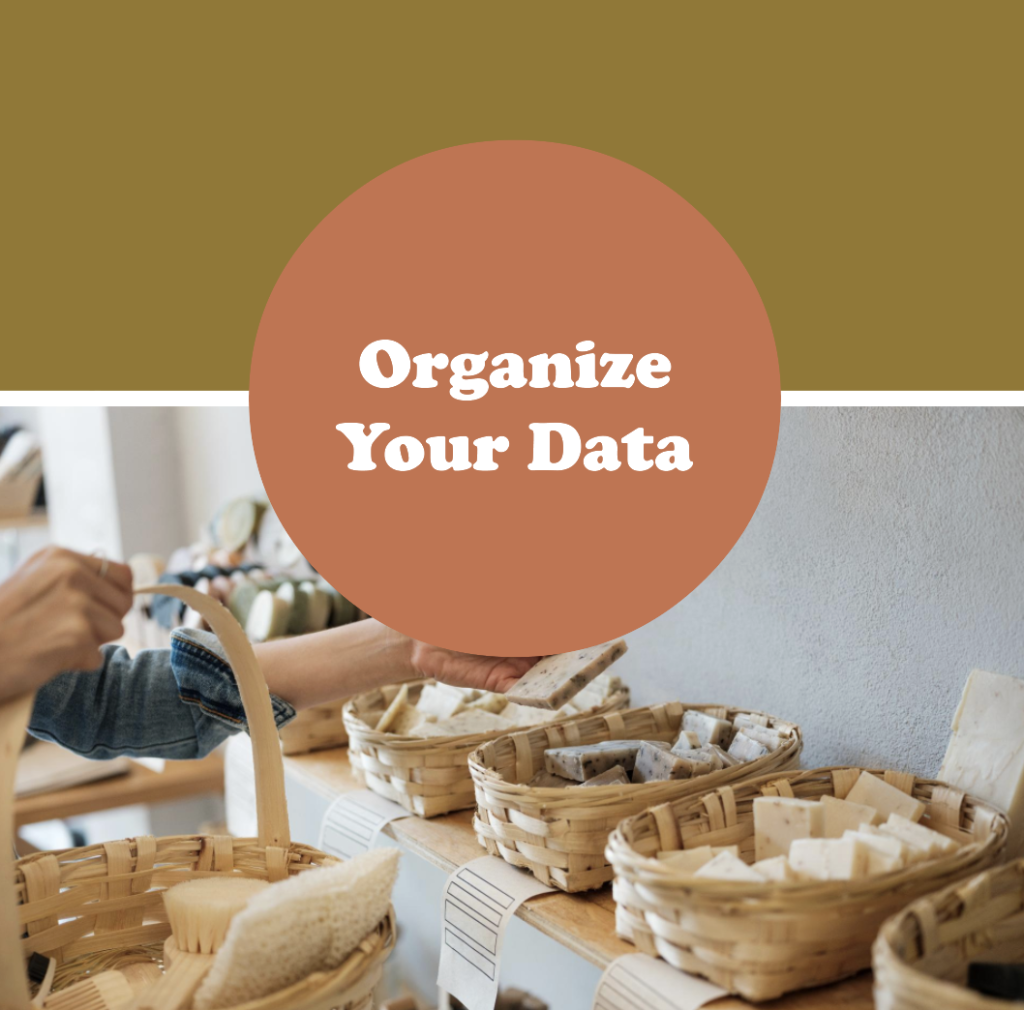Data is the lifeblood of organizations, and ensuring its protection is crucial in today’s digital world. One of the fundamental practices in data security is data classification, a process that involves categorizing data based on its sensitivity, value, and the level of protection it requires. Not all data is equal, not all data needs to be handled the same, and in some cases data need to be either dismiss if it’s lack any value or even deleted even if it does have a lot of value for the organization however it holds limitation base on relevant government regulations like SOC2, GDPR and others. an expert cyber security personal would even argue that data itself needs to be maintained, just like a car mechanic would want you to change oil or come for a check every 1 miles, same with data as assets. Even data in some way or form have deterioration of value, relevance or changes of regulation that require re-evolution the classificiation of data and much more that needs to be consider. In here, we will explore the concept of data classification in the context of cyber security and its significance in safeguarding information assets.
Understanding Data Classification
Data classification is the systematic categorization of data assets based on predefined criteria. By assigning labels or tags to data, organizations can effectively manage and protect their information resources and threat data as what it is, data is an valuable irreplaceable financial asset. The classification criteria typically include factors such as:
- Data Sensitivity: This refers to the level of confidentiality or privacy associated with the data. Sensitive data may include personally identifiable information (PII), financial data, intellectual property, or trade secrets. By identifying sensitive data, organizations can implement appropriate security controls to prevent unauthorized access or disclosure.
- Regulatory Requirements: Different types of data may be subject to specific legal and regulatory frameworks. Compliance with regulations such as the General Data Protection Regulation (GDPR), Health Insurance Portability and Accountability Act (HIPAA), or Payment Card Industry Data Security Standard (PCI DSS) requires organizations to classify their data accordingly and implement measures to meet the specified requirements.
“Data classification plays a crucial role in complying with regulatory requirements, such as the GDPR or HIPAA.” – What is Information?
- Data Value: Data assets vary in terms of their value to the organization. Some data may be considered critical for business operations, while others may have minimal impact if compromised. Understanding the value of data helps organizations prioritize their security efforts and allocate appropriate resources for its protection.
- Retention and Disposal Requirements: Data classification also considers the lifespan of data. Some data may need to be retained for a specific period due to legal or operational requirements, while other data may have a limited lifespan and should be disposed of securely when no longer needed. Proper classification enables organizations to manage data retention and disposal processes effectively.
Since every organization could be very different in structure, data, how it collects data, how it save data, what kind of data it collects for it’s business purposes. You can argue that above general key points are more or less relevance and might be that your organization require additional or different outlook at how to classify data. In some cases you might want to priority data classification to avoid personal liability of high rank stockholders from a legal point of view or to generally avoid problems at time of needs due to some security issue that occur.
Benefits of Data Classification
Implementing a robust data classification framework offers several benefits to organizations in terms of information security and risk management. Here are some key advantages:
Note that framework should be put in place since data continue to flow into the data assets center within your organization, Hence the need for an ongoing protocols that will capture future fluid changes in your system.

- Enhanced Security Controls: Data classification enables organizations to apply appropriate security controls based on the sensitivity and value of the data. By aligning security measures with the classified data, organizations can implement measures such as encryption, access controls, and data loss prevention mechanisms to safeguard their most valuable assets.
- Efficient Resource Allocation: Not all data assets require the same level of protection. Data classification helps organizations prioritize their security investments and allocate resources effectively. By focusing efforts on protecting high-value and sensitive data, organizations can optimize their security budgets and maximize the effectiveness of their security programs.
- Compliance with Regulations: Many industries are subject to data protection regulations that require organizations to implement adequate security measures. Data classification ensures compliance by identifying regulated data and applying the necessary controls to protect it. This helps organizations avoid legal and financial consequences associated with non-compliance.
“Data classification assists organizations in complying with data protection regulations, such as the GDPR or PCI DSS.” – 5 Information Security Management Common Questions
- Improved Incident Response: In the event of a security incident or data breach, data classification facilitates a swift and targeted response. By knowing the classification of data, organizations can prioritize incident response efforts and take appropriate actions based on the potential impact of the incident.
- Risk Management: Data classification provides organizations with a better understanding of their information assets and associated risks. This enables proactive risk management, allowing organizations to identify vulnerabilities and implement controls to mitigate potential threats. By focusing on high-risk data, organizations can effectively protect their most critical assets.
The classification of data, and mainly the reason behind it is to the nature of information itself. meaning that even within our own personal life and experience we classify data, so let alone it’s important to do so to allow better risk management and improve incident response. There’s a whole lot of a big differences when it comes down to a data leak of 500GB of “general unknown data” to 5GB user photos, 50GB internal massaging system private chat of data, 200GB public access information etc… completing the 500GB of data leak story above. Hence the important of classifying your organization data.
The Process of Data Classification
Data classification involves a systematic approach to categorizing data assets based on their sensitivity, value, and other relevant criteria. The process is a journey, with the goal of understanding the past of organization data assets, the current present of data assets and their usage and access controls and even applying future measurements and protocols of security to protect those assets of digital data. Here are the key steps involved in the data classification process:
- Identify Data Categories: Begin by identifying the different categories or types of data within your organization. This could include customer data, financial records, intellectual property, internal documents, and any other relevant data types. Understanding the nature of the data is essential for effective classification.
- Define Classification Criteria: Establish clear and consistent criteria for classifying data. This could include sensitivity levels (e.g., public, internal, confidential), regulatory requirements, data value, retention periods, or any other factors specific to your organization’s needs. These criteria will serve as the basis for assigning appropriate classification labels.
- Assign Classification Labels: Once the criteria are established, assign classification labels or tags to each data category. These labels should align with your classification criteria and provide a clear indication of the data’s sensitivity, regulatory requirements, or value. Common classification labels include “Public,” “Internal Use Only,” “Confidential,” or similar designations.
- Implement Security Controls: Based on the assigned classification labels, implement appropriate security controls to protect the data. This may include access controls, encryption, data loss prevention measures, monitoring, and other security technologies and practices. The level of security controls should correspond to the sensitivity and value of the classified data.
- Document and Communicate: Document the data classification process, including the criteria, labels, and associated security controls. Ensure that this information is communicated effectively within the organization, so all stakeholders are aware of their responsibilities in handling and protecting classified data.
“Proper documentation and communication of the data classification process are crucial for effective implementation.” – What is the Process for Developing an ISMS?
- Regular Review and Updates: Data classification is not a one-time activity. It should be periodically reviewed and updated to reflect any changes in the data landscape, regulatory requirements, or organizational priorities. Regular reviews ensure that the classification remains accurate and up-to-date.
- Identifying Relevant Stockholders: Big part of the goal of managing and assigning and classifying data is to identify who is within the organization relevant to which steps of data classification and management. Part of it also includes education and information sharing of knowledge about the subject within the organization.
Best Practices for Data Classification
To ensure the effectiveness of data classification in supporting cyber security efforts, consider the following best practices:
- Involve Stakeholders: Engage key stakeholders across the organization, including IT, legal, compliance, and business units, in the data classification process. Collaborative involvement ensures that the classification aligns with business needs, regulatory requirements, and security objectives.
- Align with Regulatory Frameworks: Familiarize yourself with relevant data protection regulations applicable to your industry or region. Ensure that your data classification criteria and labels align with these regulatory frameworks, helping you meet compliance requirements and avoid potential penalties.
- Educate and Train Employees: Provide comprehensive training and awareness programs to employees regarding data classification, its purpose, and their responsibilities in handling classified data. Awareness programs can help create a culture of data protection and foster a security-conscious workforce.
- Integrate Classification into Workflows: Embed data classification into existing workflows and processes to ensure its practical application. For example, incorporate classification prompts into document creation and email systems, making it easier for employees to assign the appropriate classification labels.
- Regularly Assess Security Controls: Continuously evaluate the effectiveness of security controls associated with classified data. Regular assessments help identify vulnerabilities, address gaps, and ensure that the implemented controls adequately protect the classified data from evolving threats.
“Regular assessments of security controls associated with classified data are vital for maintaining an effective security posture.” – How to Build a Secure Web API: Information Security Best Practices
By following these best practices, organizations can establish a robust and practical data classification framework that supports their cyber security goals. In it’s essence data classification assist organisation to distinguish between differences of type of data. as different kind of data have different kind of level of sensitivity, vulnerability or importance. not all data types are equal.

I am a software engineer with 20 years of experience of writing code, Software languages, Large scale web application, security and data protection of online digital assets in various software systems and services. I’ve decided to write and share my interests in cyber security online and information security to help and improve white hat security, safety and privacy of our online digital assets, As companies, as individuals or experts providing services. In here you’ll be able to read freely about cyber security threats, detections, common problems, services, news and everything related to information security and cyber security – enjoy and feel free to contact me via the contact page for any question.
